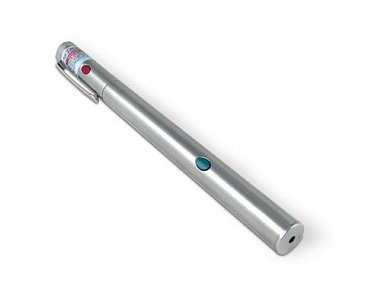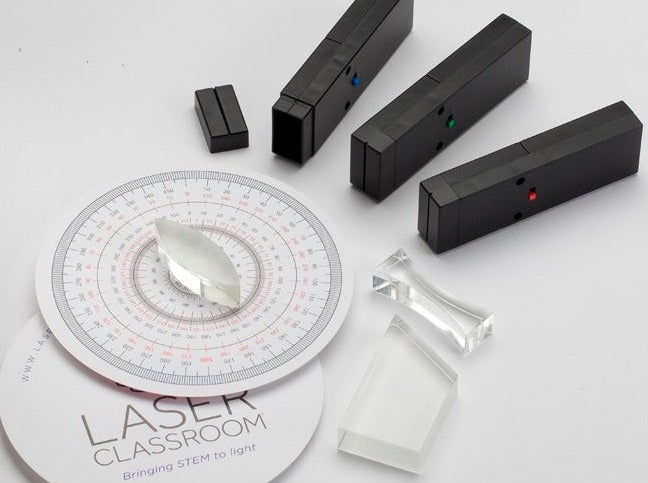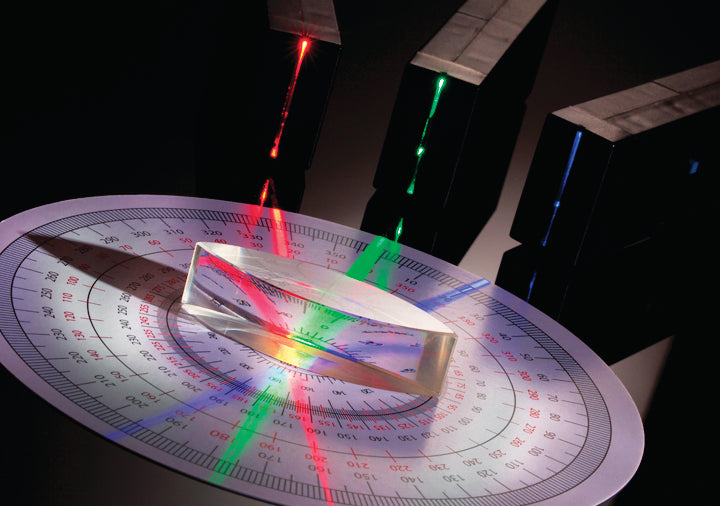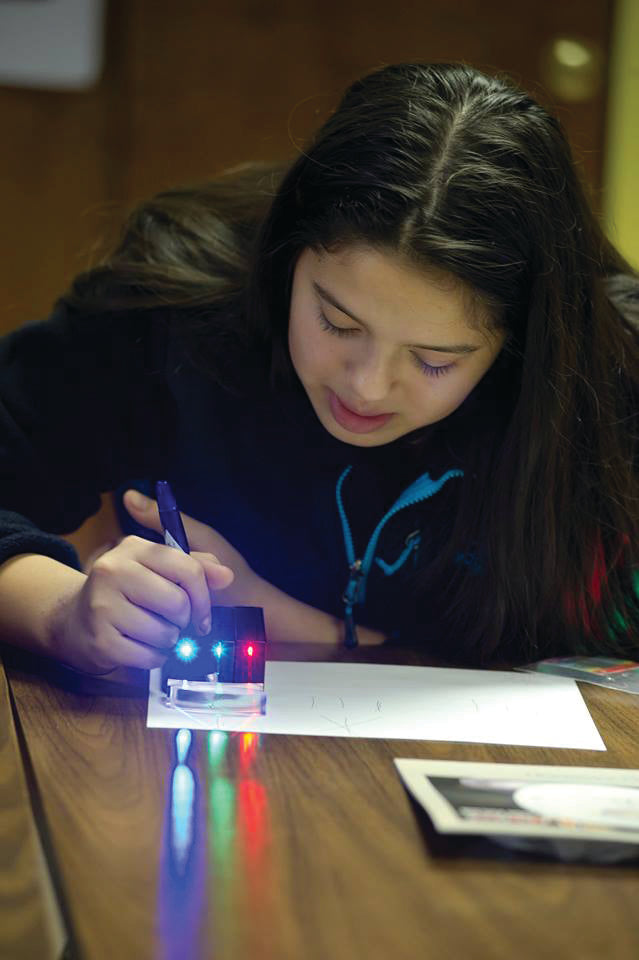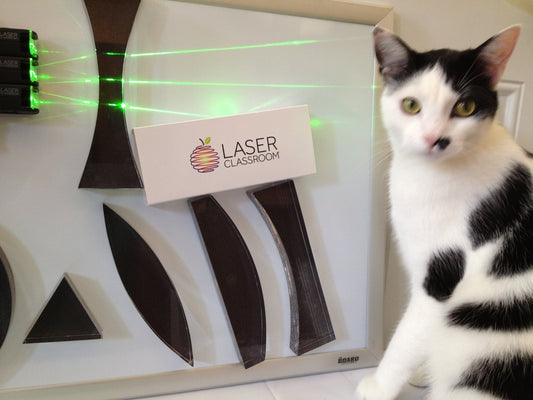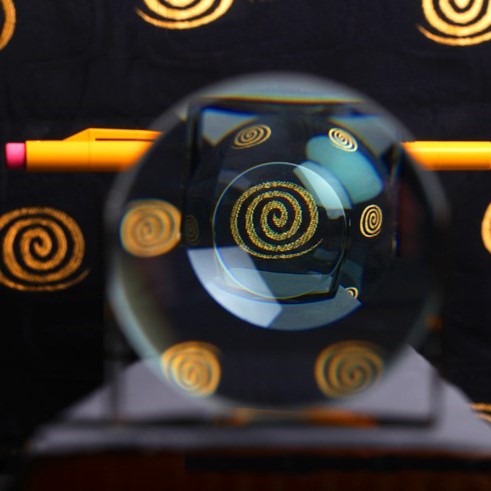All Morphed Up is an investigation of the fascinating phenomenon of Mirror (or reflective) Anamorphosis; the Giant Cylinder Challenge invites students to imagine that they are the Exhibit Designer for a museum installation about mirror anamorphosis. They need to design images that will be morphed and resolved in a giant (2m X .75m) cylinder. In order to do that, they must first use their knowledge of geometry and law of reflection to solve a complex problem: How wide must an image be in order to be comfortably viewed by museum guests of any height?
Using Geometry, Algebra and GeoGebra, students work through a series of tasks that allow them to answer the question.
Student worksheets and detailed teacher pages included.
Grade Range: 10-12+
Duration: 2-3 class periods
Supplies:
- All Morphed Up
- Protractor
- Ruler
- Access to GeoGebra program
NGSS Connections:
Science and Engineering Practices
Asking Questions and Defining Problems
Asking questions and defining problems in grades 9–12 builds from grades K–8 experiences and progresses to formulating, refining, and evaluating empirically testable questions and design problems using models and simulations.
Using Mathematics and Computational Thinking
Mathematical and computational thinking at the 9-12 level builds on K-8 and progresses to using algebraic thinking and analysis, a range of linear and nonlinear functions including trigonometric functions, exponentials and logarithms, and computational tools for statistical analysis to analyze, represent, and model data. Simple computational simulations are created and used based on mathematical models of basic assumptions.
- Use mathematical representations of phenomena or design solutions to describe and/or support claims and/or explanations.
All Morphed Up is an investigation of the fascinating phenomenon of Mirror (or reflective) Anamorphosis; the Giant Cylinder Challenge invites students to imagine that they are the Exhibit Designer for a museum installation about mirror anamorphosis. They need to design images that will be morphed and resolved in a giant (2m X .75m) cylinder. In order to do that, they must first use their knowledge of geometry and law of reflection to solve a complex problem: How wide must an image be in order to be comfortably viewed by museum guests of any height?
Using Geometry, Algebra and GeoGebra, students work through a series of tasks that allow students to answer the question.
Student worksheets and detailed teacher pages included.
